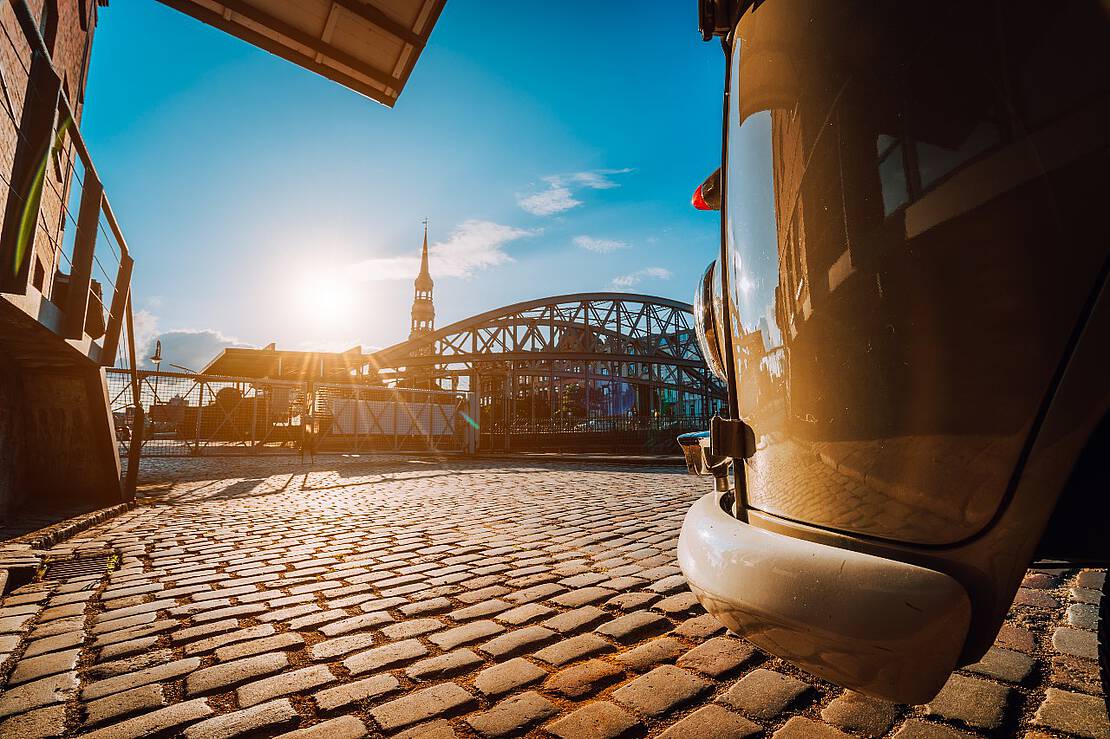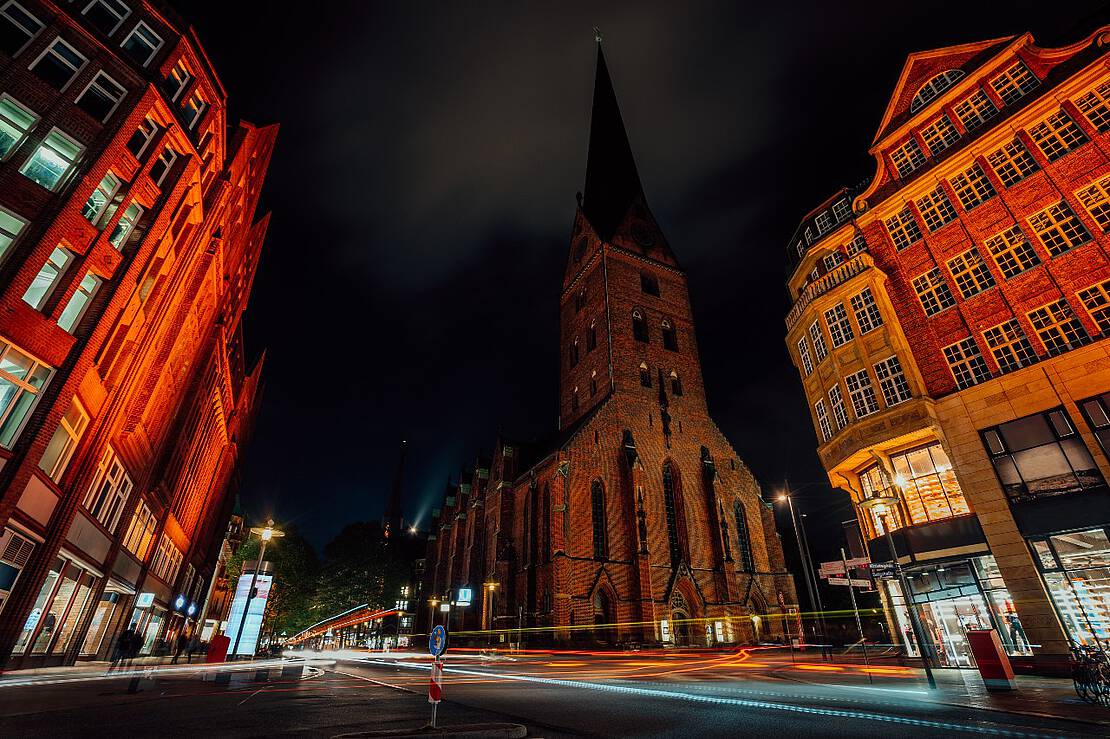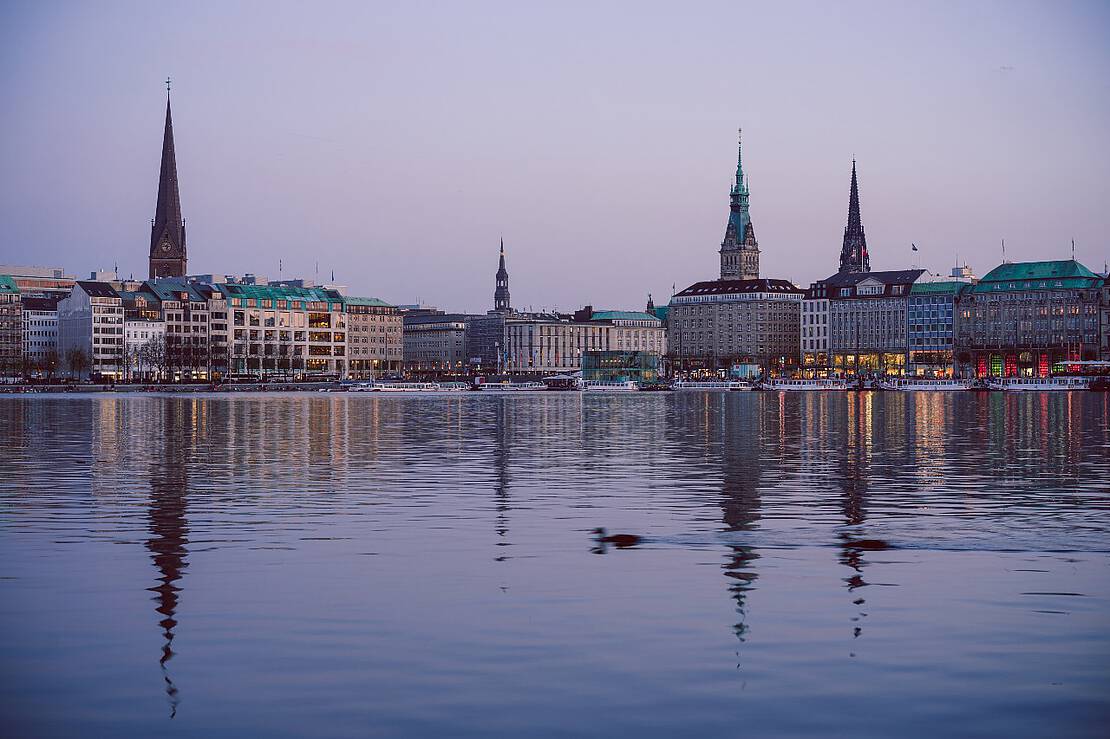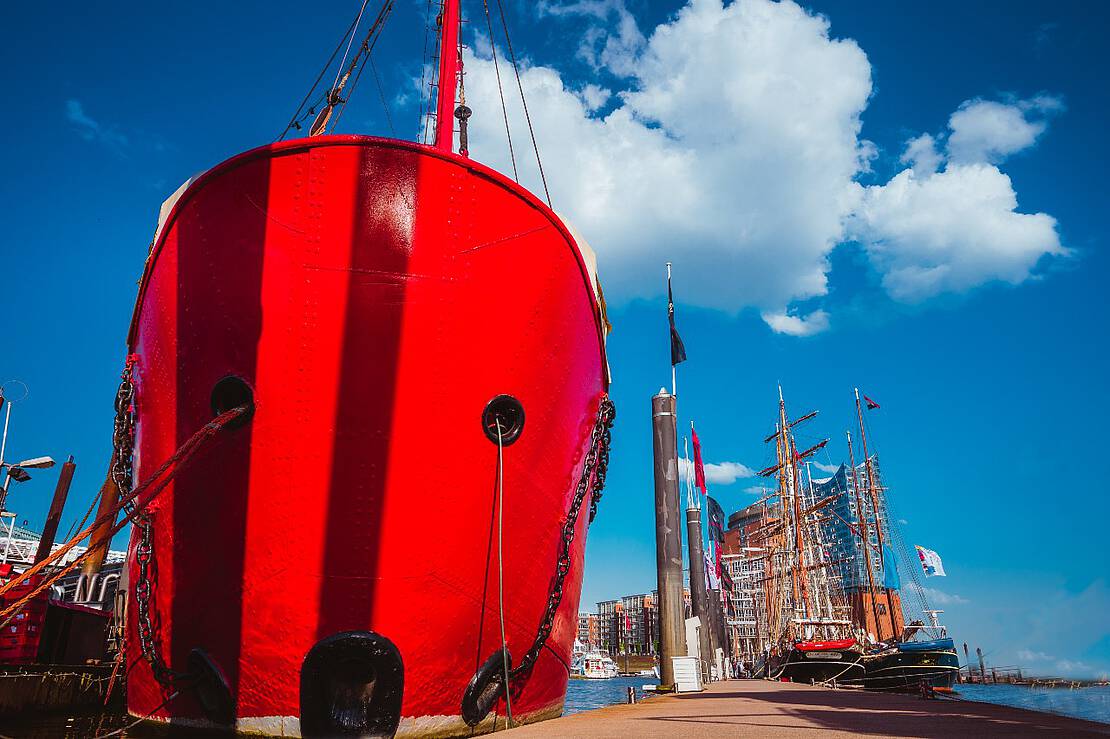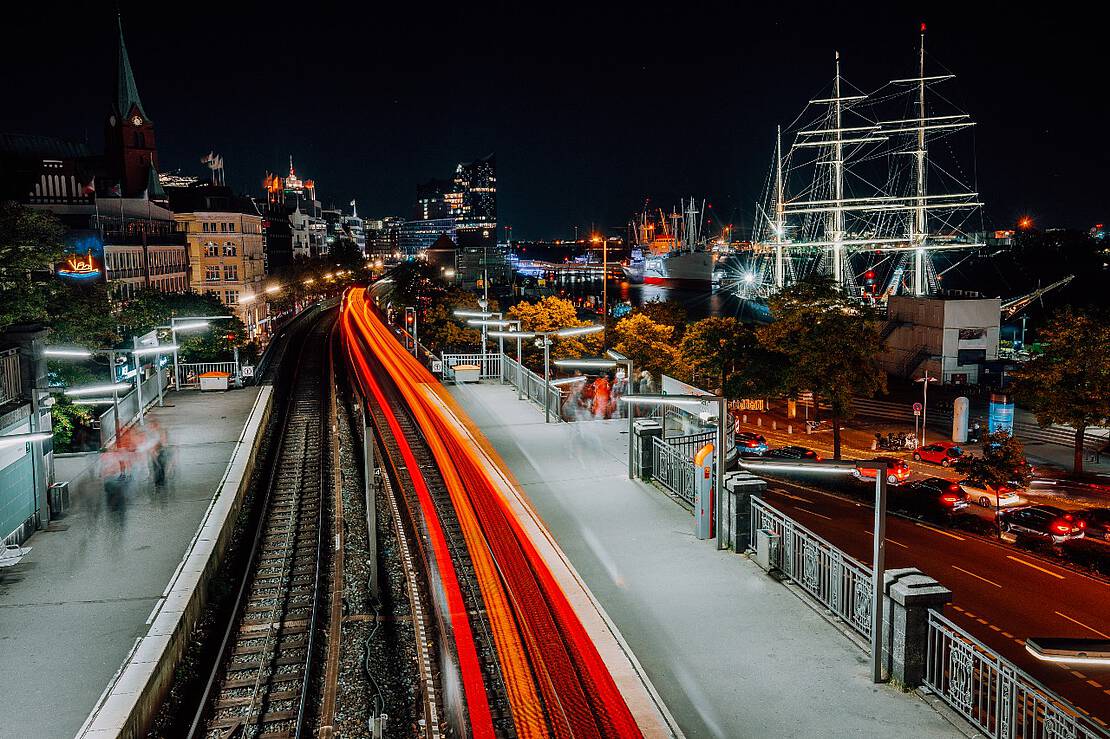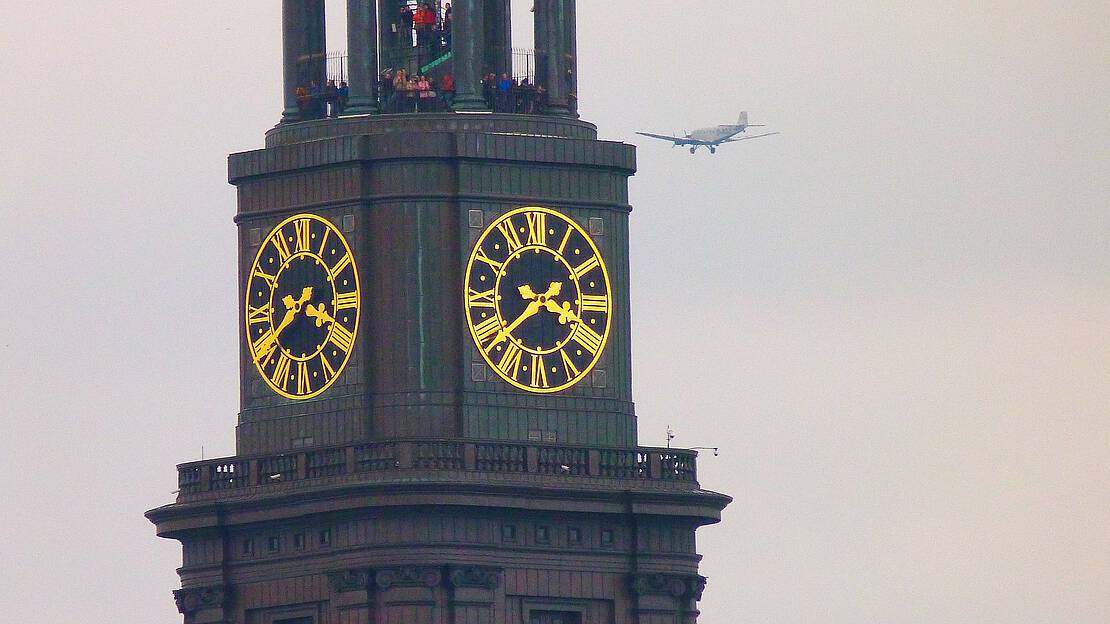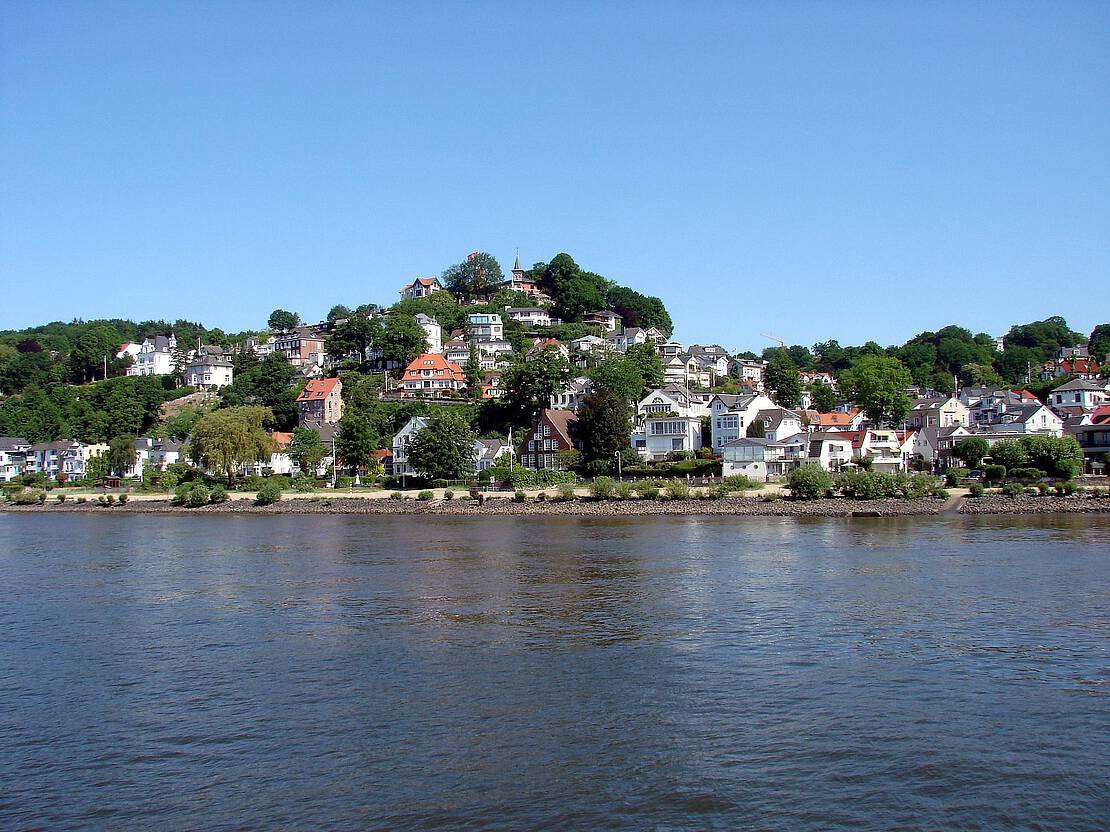Hamburg
Hamburg – The Pearl of the North
Hamburg is one of Europe’s most livable cities. Often called the ‘Gateway to the World’, it truly lives up to its name. Life in this beautiful northern German city—at the heart of Europe—is an experience you won’t forget. Come and discover the ‘Pearl of the North’!
A vibrant mix of youthful energy and deep-rooted tradition, Hamburg embraces its rich history and Hanseatic heritage. As Germany’s second-largest city and an independent city-state, it is home to nearly 1.8 million people—yet it remains walkable, welcoming, and far from overwhelming.
With its world-famous port, Hamburg is a major global hub that brings people together from all over the world. It’s a favorite destination for both international and domestic travelers. From celebrated musical productions and historic theaters to architectural icons like the Elbphilharmonie, Hamburg offers a rich cultural life. Its waterways—from the River Elbe and the Alster to countless canals—give the city a distinct maritime charm and provide natural retreats throughout.
Highlights of Hamburg
Choosing highlights in a city like Hamburg is no easy task—but here’s a short selection to spark your curiosity:
Alster
In the heart of the city lies the Alster—originally a small river, now an iconic lake that shapes Hamburg’s urban landscape. Surrounded by green paths, it’s a favorite among joggers, walkers, sailors, rowers—and anyone who enjoys the outdoors.
Culture
Hamburg boasts a vibrant cultural scene. Renowned theaters like the Thalia Theater and Deutsches Schauspielhaus stand alongside a wide range of cabarets, musicals, and concerts. As a ‘musical metropolis’, Hamburg proudly hosts long-running productions like The Lion King. For fans of classical music, the Elbphilharmonie and Laeiszhalle are world-class venues.
Elbphilharmonie
The Elbphilharmonie, Hamburg’s newest architectural landmark, opened in 2017. Its striking design and unique location attract visitors from around the world. Inside you’ll find three concert halls, a hotel, apartments, and a panoramic viewing plaza that offers breathtaking 360° views over the city and harbor—free of charge.
Fish Market
Hamburg’s legendary Fischmarkt is a must-see—for both early risers and night owls. Every Sunday from 5 a.m. (7 a.m. in winter), around 70,000 people visit this vibrant market. It offers everything from fresh fish and flowers to souvenirs and snacks. Many come just for the iconic fish sandwich—one of Hamburg’s best-known specialties.
Hamburg – Facts
- Official name: Free and Hanseatic City of Hamburg
- City state within the Federal Republic of Germany
- Population (2024): 1,862,565 – Germany’s second-largest city after Berlin
- Foreign resident share: 21% (2024)
- Population density: 2,455 inhabitants per square kilometre (2021)
- Area: 755.09 square kilometres
- Administrative structure: 7 districts, 104 quarters
- Vehicle registration code: HH
- Purchasing power index: 107.7% (2024)
- Purchasing power per capita: €28,931 (2024)
- GDP (nominal): €161.856 billion (ranked 9th in Germany, 2024)
- GDP per capita: €86,899 (ranked 1st in Germany, 2024)
Green Hamburg
Hamburg is a remarkably green city. Parks such as the Stadtpark, Planten un Blomen, and the lush areas around the Alster offer peaceful escapes from city life. From May to September, Planten un Blomen hosts the magical Water Light Concerts—an enchanting combination of music, fountains, and lights beside a serene lake.
Harbor and "Landungsbrücken"
The Port of Hamburg is the city’s most famous attraction and its historic soul. At the Landungsbrücken piers, visitors can admire the ships, take boat tours or hop on one of the many ferries. The view over the River Elbe is unforgettable—especially at sunset.
Jungfernstieg
At the southern edge of the Alster, Jungfernstieg is a central promenade where locals and visitors gather to enjoy the waterfront, shop in upscale boutiques, or relax at stylish cafés. It’s the beating heart of Hamburg’s city center.
Michel
The Michel—St. Michael’s Church—is one of Hamburg’s most iconic landmarks. Its baroque tower offers a stunning panoramic view over the city, harbor, and River Elbe. Entry to the church is free; the tower can be accessed for a small fee.
Hamburg – Fun Facts
- HAMBURG is the largest city in the EU that is not a capital.
- HAMBURG is a city built on water. No surprise it's also the European city with the most bridges – more than Venice, Amsterdam, and London combined.
- HAMBURG has the largest green spaces of any German city: 16 percent of the city area consists of parks and recreational spaces, and 8 percent is covered by water.
- The world’s most famous skin cream comes from HAMBURG: Nivea is produced by the Hamburg-based company Beiersdorf.
- With the Elbphilharmonie, HAMBURG has created a new landmark that’s now known around the globe. The building also set a record for cost overruns: from feasibility study to completion, the costs increased more than elevenfold – to around €866 million.
- In HAMBURG, you can visit the world’s largest model railway: the Miniatur Wunderland – which is also Germany’s most visited tourist attraction.
Museums
Hamburg offers a wealth of museums for every interest. Among the most famous are the Hamburger Kunsthalle, the contemporary Deichtorhallen, and the miniature universe of Miniatur Wunderland, the world’s largest model railway exhibition.
Nightlife
Hamburg’s nightlife is as diverse as its culture. From indie clubs and jazz bars to open-air venues and techno temples, there’s something for everyone. Many clubs have no entry fee or closing hours, and public transport runs all night on weekends—perfect for night owls.
Schanzen and Karo District
The Schanzenviertel and Karolinenviertel are popular with students and creatives. Full of unique shops, bars, and cafés, these districts come alive on warm evenings, when people gather on the streets to enjoy craft beer or vegan ice cream in a laid-back atmosphere.
Shopping
From elegant fashion to indie labels and flea markets, Hamburg satisfies every taste. High-end malls, charming shopping streets, and quirky vintage shops offer endless variety—there’s something for trendsetters and treasure hunters alike.
Speicherstadt and HafenCity
The Speicherstadt—a UNESCO World Heritage Site—is the largest warehouse district in the world, built on timber-pile foundations. Right next door, the futuristic HafenCity blends modern architecture with historic charm. Together, they offer a unique mix of cafés, galleries, and scenic waterfront promenades.
St. Pauli and Reeperbahn
St. Pauli is Hamburg’s most famous district, and the Reeperbahn is its legendary entertainment strip. Known as the “Kiez,” the area is home to everything from live music and theaters to clubs and the red-light district. It’s bold, eclectic, and unmistakably Hamburg.
Town Hall
Hamburg’s Town Hall (Rathaus) is a neo-Renaissance gem built in 1897. Located in the city center, it stands as a symbol of civic pride and is one of Hamburg’s architectural highlights.






